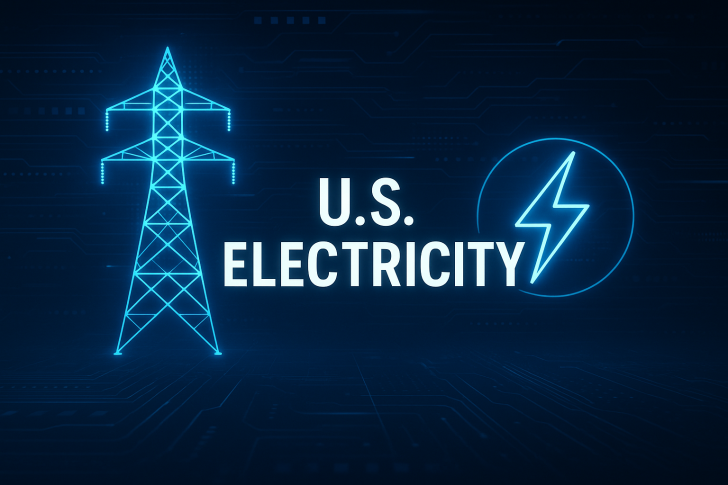Electricity prices have climbed sharply since 2020, and states like Maine and California are bearing the brunt of it. The AI revolution is driving incredible innovation, but it's also reshaping America's energy landscape in ways that are hitting people's wallets. Without serious investment in grid infrastructure and power generation, American households could be looking at even steeper bills down the road.
The Numbers
American households are dealing with a sharp spike in electricity bills that started in 2020. Recent data highlighted by More Perfect Union shows that nearly every state has seen steep increases, with Maine up 67.4% and California up 63.9%. While most states saw their prices climb between 20% and 35%, California's surge stands out because of its role as ground zero for the AI data center boom.

The data reveals percentage increases in residential electricity prices from 2020 to 2025:
- Maine leads at +67.4%
- California follows at +63.9%, driven heavily by AI infrastructure growth
- Mississippi saw +41.6%
- Illinois experienced +40.6%
- Most other states landed in the 20–35% range
- Nevada was the outlier at just +0.7%
What's Driving the Spike
California and Maine's extreme increases come down to a few key factors. California is home to a rapidly growing network of AI data centers that consume enormous amounts of electricity, putting real pressure on demand. At the same time, the state is investing heavily in renewable energy infrastructure while still depending on natural gas during peak hours, and those transition costs get passed to consumers. Add in California's wildfire risks, extreme heat, and ongoing reliability issues, and you've got a perfect storm for higher utility bills. Maine faces its own challenges, relying heavily on imported energy and dealing with infrastructure limitations that have amplified price pressures across New England.
The broader implications are hitting hard. Households in states like California are seeing utility bills add to already high living costs. Businesses are starting to worry that high energy prices could slow industrial growth outside the AI sector. And with Morgan Stanley projecting 65 GW of new AI data center demand by 2028, the pressure on energy infrastructure is only going to intensify.
 Saad Ullah
Saad Ullah

 Saad Ullah
Saad Ullah


